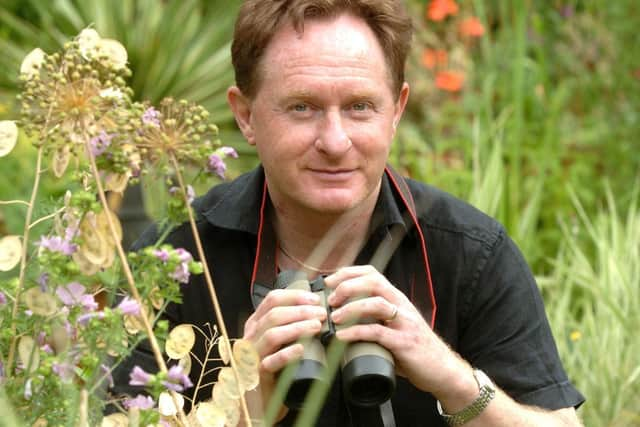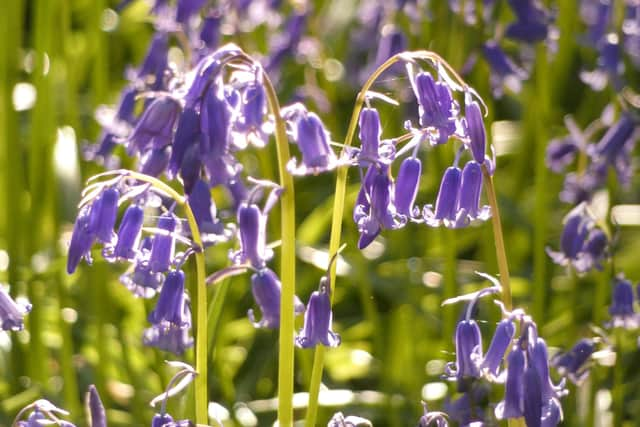Battle commences in Sheffield to safeguard Bolehill Wood
and live on Freeview channel 276
But now perhaps even more worrying is that a private individual or organisation, and we don’t know who, has outbid local fundraisers to purchase the ancient woodland of Bolehill Wood.
Clearly people are concerned that anyone willing to pay over £60,000 for a site valued at £10,000 market price has an ulterior motive – ie to remove the trees and to build on it.
Advertisement
Hide AdAdvertisement
Hide AdLocal campaigners did raise over £50,000 to safeguard their local green space but that still was not enough. Rumour has it that the site has been bought by a London-based developer.


Bolehill Wood is close by Graves Park and contiguous with Cobnar Wood ancient woodland. Indeed, when I played in the wood as a child we called it Cobnar Wood.
The bolehill was a medieval and early industrial-led smelting site on a west-facing high point where cut wood, gorse, peat turf even, would have been burnt to melt and smelt the lead.
Ore for the process was brought in from lead mines in North Derbyshire such as around Matlock. The ancient trackway through the wood leads up to Bolehill Farm and cottages and was said to be the route along which lead ore was carried to the smelt.


Advertisement
Hide AdAdvertisement
Hide AdThe site itself is full of ancient coppice oak trees from the medieval management and there is lots of as-yet undocumented woodland archaeology too. Criss-crossed by public rights of way and informal access routes, the wood has been open access to the public since before the 1950s and is a protected Site of Scientific Interest (now called an Area of Natural History Interest) under the 1991 Sheffield Nature Conservation Strategy.
It is also an important component of a major ‘green corridor’. Being ancient woodland, UK government policy is that the site should be protected and local policies fully support this. All developments now are supposed to be focused on ‘net biodiversity gain’. We will see.
*Professor Ian D Rotherham, of Sheffield Hallam University, is a researcher, writer and broadcaster on wildlife and environmental issues
In these confusing and worrying times, local journalism is more vital than ever. Thanks to everyone who helps us ask the questions that matter by taking out a subscription or buying a paper. We stand together. Nancy Fielder, editor